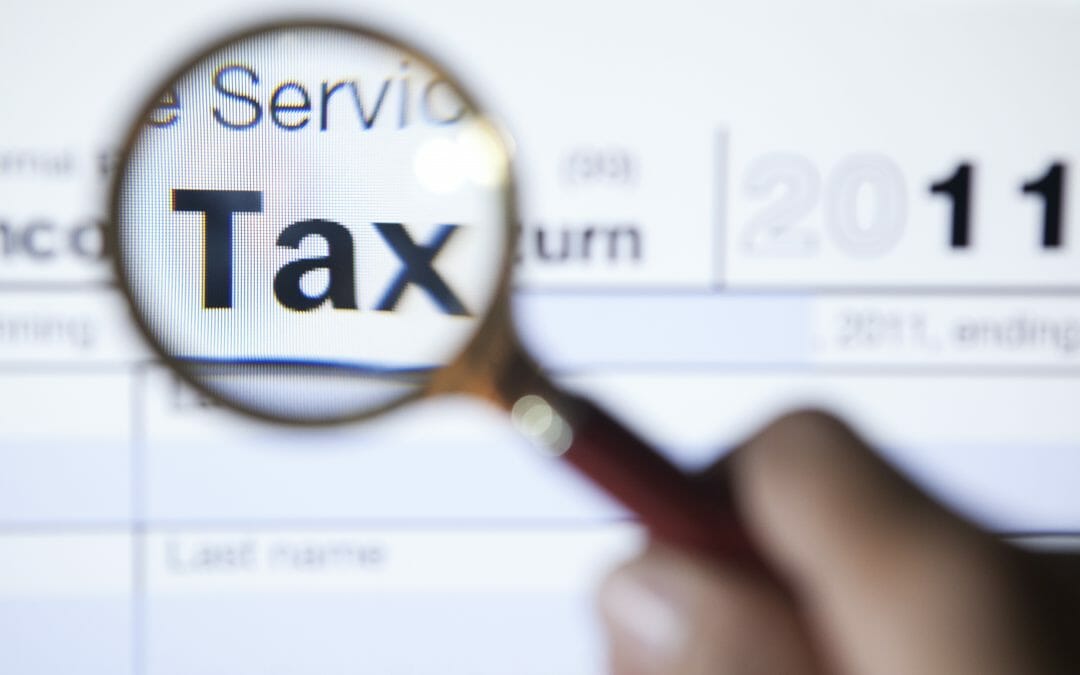In the digital age, the UK tax system is evolving to become more efficient, effective, and taxpayer-friendly. Making Tax Digital (MTD) is at the forefront of this transformation, aimed at positioning HMRC as a global leader in digital tax administration. But what exactly is MTD, and how does it impact businesses? Let’s explore this digital revolution and what it means for you.
What is Making Tax Digital (MTD)?
Making Tax Digital is HMRC’s initiative to modernize the UK tax system, ensuring that it is in sync with the digital age. The primary goal is to make tax administration more efficient while simplifying the process for taxpayers.
MTD for VAT – The First Step
The initial step in the MTD journey is for businesses registered for VAT. Since April 1, 2019, VAT-registered businesses with a turnover above £85,000 must keep digital records. Furthermore, you must submit your VAT returns using MTD-compatible software. Importantly, the VAT rules themselves remain unchanged; it’s the method of submitting information to HMRC that has been digitized.
Expanding MTD to Other Taxes
Beyond VAT, MTD will soon extend its reach to other taxes, including income and corporation tax, starting in April 2020. Early adoption of MTD is advisable for businesses to streamline their tax processes.
How Does MTD Affect Your Business?
While some may view MTD as a compliance burden, it presents a golden opportunity to reevaluate your accounting and business systems. With software like Xero, record-keeping becomes more efficient, and processes can be automated, providing valuable financial insights. Plus, it ensures your business stays MTD-compliant.
MTD for VAT – Key Details
For businesses with a turnover above the £85,000 VAT threshold, digital records are now a must. VAT returns should be submitted using online accounting software like Xero. If your business falls below the threshold, you can still use the HMRC online portal, but be prepared for compulsory digital requirements from April 2020 onwards.
Digital or Paper Records?
HMRC recognizes that some businesses may prefer paper records. While certain information, such as VAT-related transactions (customer and supplier invoices), must be in digital form, you can continue using paper for other aspects of record-keeping if that suits your preferences.
Exemptions
Businesses registered for VAT with a turnover below £85,000 are automatically exempt from MTD for VAT. Furthermore, your choice to choose digital record-keeping and submit VAT information under the MTD framework if they wish.
Choosing MTD-Compliant Software
If your business’s turnover exceeds the £85,000 VAT threshold, it’s essential to use compliant software like Xero by April 2019 at the latest. This ensures your VAT processes align with MTD requirements.
Non-Compliant Software
If your current software isn’t MTD for VAT compliant, you have two options: switch to MTD-compliant software or use a bridging software product to submit your MTD for VAT return.
In conclusion, Making Tax Digital is a significant step towards simplifying and digitizing the UK tax system. While it may require adjustments for businesses, embracing MTD-compliant software leads to increased efficiency and a better understanding of your finances. Whether you’re above or below the VAT threshold, understanding and adapting to MTD is crucial. Therefore you stay compliant and reap the benefits of a more streamlined tax process. If you have questions about MTD and its implications for your business, don’t hesitate to contact us for personalized guidance. Stay tuned for more updates on business and finance by watching our weekly broadcasts and listening to our podcast, “I Hate Numbers.”
Plan It, Do It & PROFIT!
